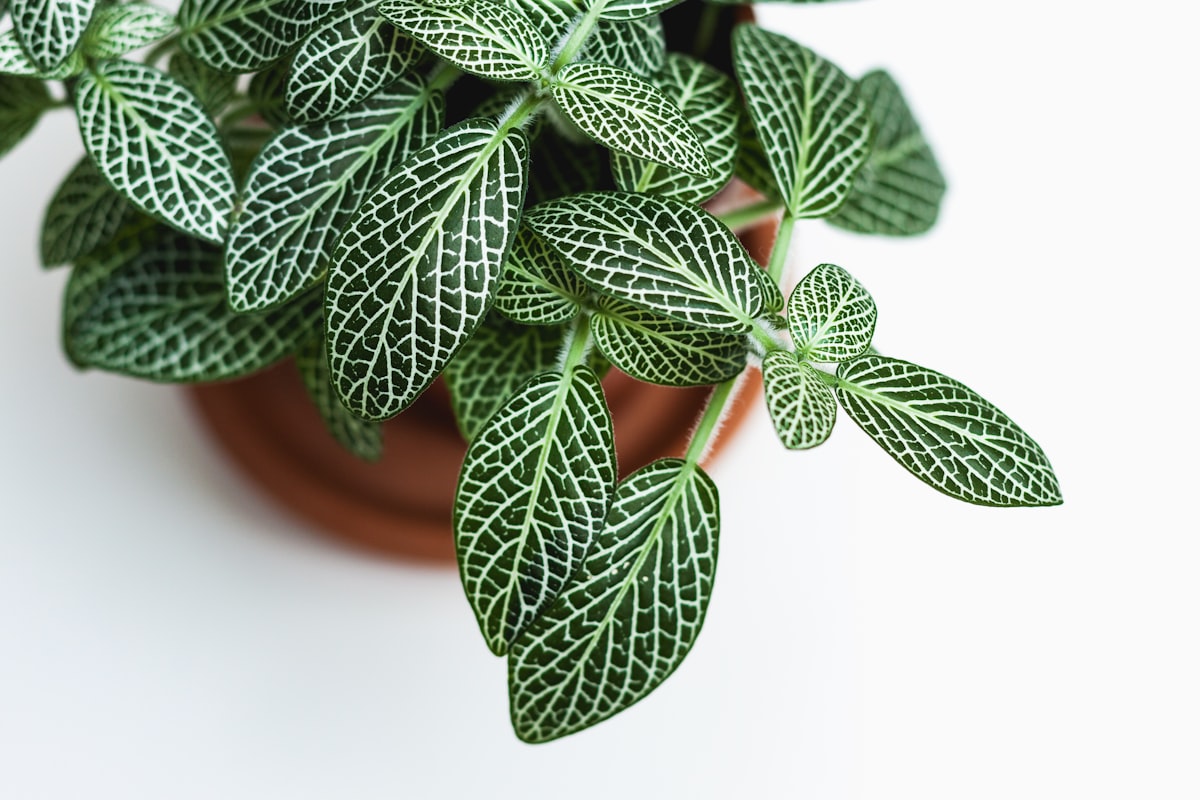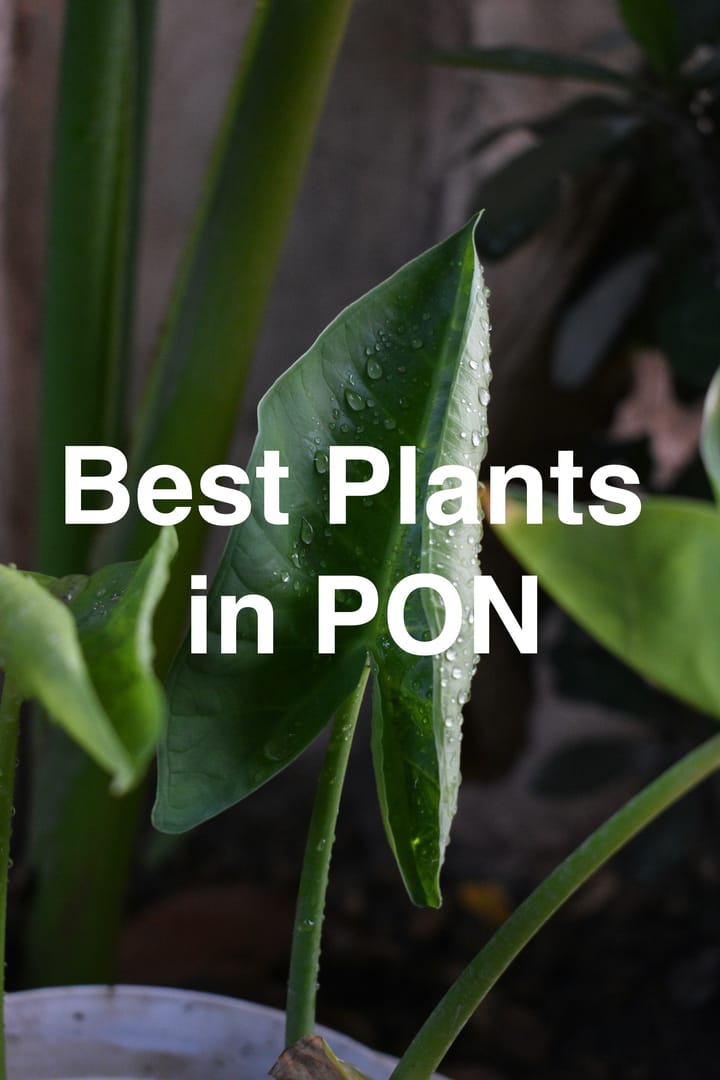Container Gardening for Small Spaces
Container gardening is a versatile and practical solution for those with limited outdoor space or gardening beginners. Growing plants, vegetables, herbs, and more in pots allows you to transform small spaces such as balconies, patios, and even indoor areas into lush, green havens.

The flexibility of container gardening also allows you to experiment with different plant varieties and designs, making it perfect for both new and experienced gardeners alike.
One of the keys to successful container gardening in small spaces is maximizing vertical space.
Vertical gardening techniques, such as wall-mounted planters or stackable containers, help you maximize your limited space while keeping your plants healthy and thriving.
This approach saves space, adds visual interest, and makes gardening tasks more manageable.
In addition to choosing the proper containers, it's essential to consider the specific needs of the plants you want to grow in your small-space garden.
This includes selecting the correct potting mix, providing adequate drainage, and ensuring your plants receive sunlight, water, and nutrients.
By paying attention to these details, you're setting the stage for a flourishing container garden regardless of the size of your space.
Small Spaces and Container Gardening
You don't need a large yard to enjoy the benefits of gardening. Container gardening can transform any small outdoor space into a lush green oasis.
Container gardens offer a flexible and creative solution for urban gardeners and those with limited space, whether it's a patio, balcony, or windowsill.
Patios and balconies are popular locations for container gardens. Utilize planter boxes, raised beds, and hanging planters to make the most of these spaces.
Look for ways to incorporate your containers into existing architecture, such as attaching window boxes to railings or hanging pots from a fence. This saves space and adds visual interest to your outdoor area.
Consider growing plants in containers on windowsills for the true balcony gardener or those with no outdoor space. Just ensure the plants you choose can thrive in sunlight from your windows.
From herbs to small vegetables, numerous options exist for brightening your indoor space with a container garden. Select containers with proper drainage and monitor your plants' watering needs to keep them healthy and thriving.
Choosing the Right Containers
Understanding Different Materials
When selecting containers for your small space garden, consider the materials that suit your needs and style. Common choices include terracotta, glazed ceramic, wood, and plastic.
Terracotta and glazed ceramic pots are known for their durability and classic appearance, but they can be heavy and may crack in cold temperatures.
Wooden containers, such as cedar and redwood, are lightweight and provide a natural look, while plastic containers are affordable, light, and resistant to weather damage.
Size and Drainage Matters
The size of your container plays a crucial role in the success of your garden. Larger containers hold more soil, provide better insulation for roots, and require less frequent watering.
However, they can be heavy and take up more space, so choose according to your available area and plant requirements.
Adequate drainage is essential for all container gardens, so ensure your chosen container has drainage holes at the bottom.
Consider using self-watering containers with a reservoir and wick system for better moisture control.
Remember to remember the specific needs of your plants, the location of your container garden, and your desired aesthetics when selecting the perfect containers for your small space.
You'll enjoy a thriving container garden with the right choices, even in limited areas.
Selecting Suitable Plants
Flowering Plants
When selecting flowering plants for your container garden, consider compact varieties that thrive in small spaces.
Some great options include violas, which come in various bright colors and are frost-tolerant. Succulents, like sedums and echeverias, are also low-maintenance choices that add texture and interest to your plant arrangements.
Vegetables and Herbs
For a productive container garden, try growing vegetables and herbs suitable for growing in pots. Leafy greens such as lettuce, kale, spinach, and Swiss chard are excellent choices for small gardens.
Other compact vegetables include tomatoes, peppers, radishes, broccoli, cabbage, cauliflower, eggplant, pole beans, bush beans, cucumbers, zucchini, and summer squash. Herbs, such as basil, parsley, and mint, are also strong contenders for container gardening.
Fruit Trees and More
You can add fruit trees to your small container garden by choosing dwarf or semi-dwarf varieties.
Appropriate trees for containers include dwarf apple, peach, and pear trees. Additionally, consider mixing perennials, shrubs, or houseplants to create more visual interest and variety in your container garden.
How to Prepare Your Container Garden
Soil and Nutrition
Start by choosing high-quality potting soil rich in organic matter and nutrients.
This will ensure your plants have the best-growing medium to thrive in. Add some slow-release fertilizer or compost to enrich the soil further, providing the essential nutrients for optimal plant growth. Be attentive to the soil conditions, maintaining moisture without overwatering.
Alternatively, you can opt for a DIY approach by mixing your potting soil blend using equal parts peat moss, vermiculite, and compost to create a loose, well-draining mixture.
Water and Sunlight Requirements
Consider the location of your container garden, taking note of sun exposure and the path the sun takes throughout the day. Most plants require a minimum of 6 hours of sun, while some may prefer morning sun and afternoon shade.
Remember that sun-loving plants may need afternoon sun for the best results.
Watering is crucial for container gardens, as the limited soil space can dry out more quickly than in-ground gardens. Be sure not to overwater, leading to root rot and other issues.
Monitor the moisture level in your containers, and water your plants as needed, ensuring adequate drainage to prevent excess water from pooling at the bottom.
By carefully tending to your plants' soil, nutrition, water, and sunlight requirements, you'll create a thriving container garden ideally suited for small spaces.
Maintaining Your Container Garden
To ensure the health and productivity of your container garden, you must pay close attention to watering practices.
Watering should be done consistently and evenly, hydrating the entire soil surface and allowing excess water to drain from the container. Over time, you'll learn to recognize when your plants need water and adjust your routine accordingly.
Feeding your plants is crucial for providing essential nutrients to support their growth, particularly in a vegetable garden. Utilize a balanced, slow-release fertilizer appropriate for your specific plants, and follow the manufacturer's instructions for application.
In addition, incorporating organic mulch or compost can further enhance the soil structure and nutrient content.
When starting your container garden, you can use direct seed sowing or transplanting seedlings to jumpstart your plants' growth. Regardless of your preferred method, choose healthy, disease-free seeds and seedlings to maximize your chances of success.
With proper care and maintenance, you'll soon be able to enjoy the fruits of your labor and appreciate the rewards of container gardening in small spaces.
Exploring Advanced Techniques
Vertical Gardening
Vertical gardening is an excellent way to maximize your growing space, especially in small areas. Using a frame or trellis, you can grow plants upward, increasing light exposure and allowing for larger plants.
Popular options for vertical gardening include hanging baskets, wall planters, and trellis systems with vine plants like beans, peas, and cucumbers.
Creative Container Ideas
Thinking outside the box when it comes to containers can add visual interest and unique design elements to your small container garden.
Repurpose items like an old garden cart, large storage totes, or even half barrels to house your plants. Ensure proper drainage by adding a layer of newspaper, bricks, or sphagnum moss to the bottom of your container before adding soil.
In addition to creative container ideas, consider experimenting with different arrangements, such as combining larger containers with raised beds or placing containers on your front porch.
Combining other plants with varying light levels and heights can further enhance your small space garden's visual appeal and functionality. Remember, thinking beyond traditional garden beds and using your space efficiently and creatively is the key to success.
Conclusion
Container gardening is an excellent solution for individuals who love gardening but have limited space. You can employ this approach in various places, including balconies and windowsills, creating a thriving garden even in restricted areas.
Remember to choose a suitable container and select appropriate plants for your small space, as this will contribute significantly to the success of your container garden. Stay attentive to your plants' needs, such as watering and sunlight, and address any issues, ensuring a healthy, beautiful garden.
With the proper planning and maintenance, your container garden can provide a green escape in your small space. Your efforts will be rewarded as you witness the transformation of your compact area into a flourishing, vibrant garden.
Frequently Asked Questions
What are the best plants for small container gardens?
Herbs like basil, mint, and parsley are ideal for growing in small containers. You can also grow compact flowering plants like petunias, marigolds, and begonias. Consider choosing plants that suit your container size and available sunlight.
Which vegetables thrive in limited space?
Vegetables like cherry tomatoes, peppers, and spinach grow well in containers. Root vegetables, such as radishes and carrots, can also thrive in pots with adequate soil depth. Always select dwarf or bush varieties when available.
How can I maximize space in my container garden?
To maximize space, try using pots of various heights or stackable containers. Use vertical space by adding trellises or climbing supports for vining plants like beans or cucumbers. Selecting plants with a compact growth habit can also help optimize your space.
What are some low-maintenance container plants?
Low-maintenance container plants include succulents, snake plants, and ZZ plants. For flowering options, consider geraniums and impatiens, which require minimal care. Selecting drought-tolerant or pest-resistant varieties will also make maintenance easier.
What are creative ideas for DIY plant containers?
Repurpose items like tin cans, wooden crates, or old buckets by adding drainage holes and filling them with soil. Use shoe organizers or hanging baskets for vertical gardening. Painting and decorating your DIY containers can add a personal touch and enhance the overall aesthetic.
How to properly water and care for plants in containers?
Water your container plants consistently, ensuring the soil remains moist but not soggy. Pay attention to each plant's specific watering requirements, and adjust your watering schedule accordingly. Regularly fertilize your plants using either slow-release or liquid fertilizers, and monitor for pests or diseases to keep your container garden healthy and thriving.


